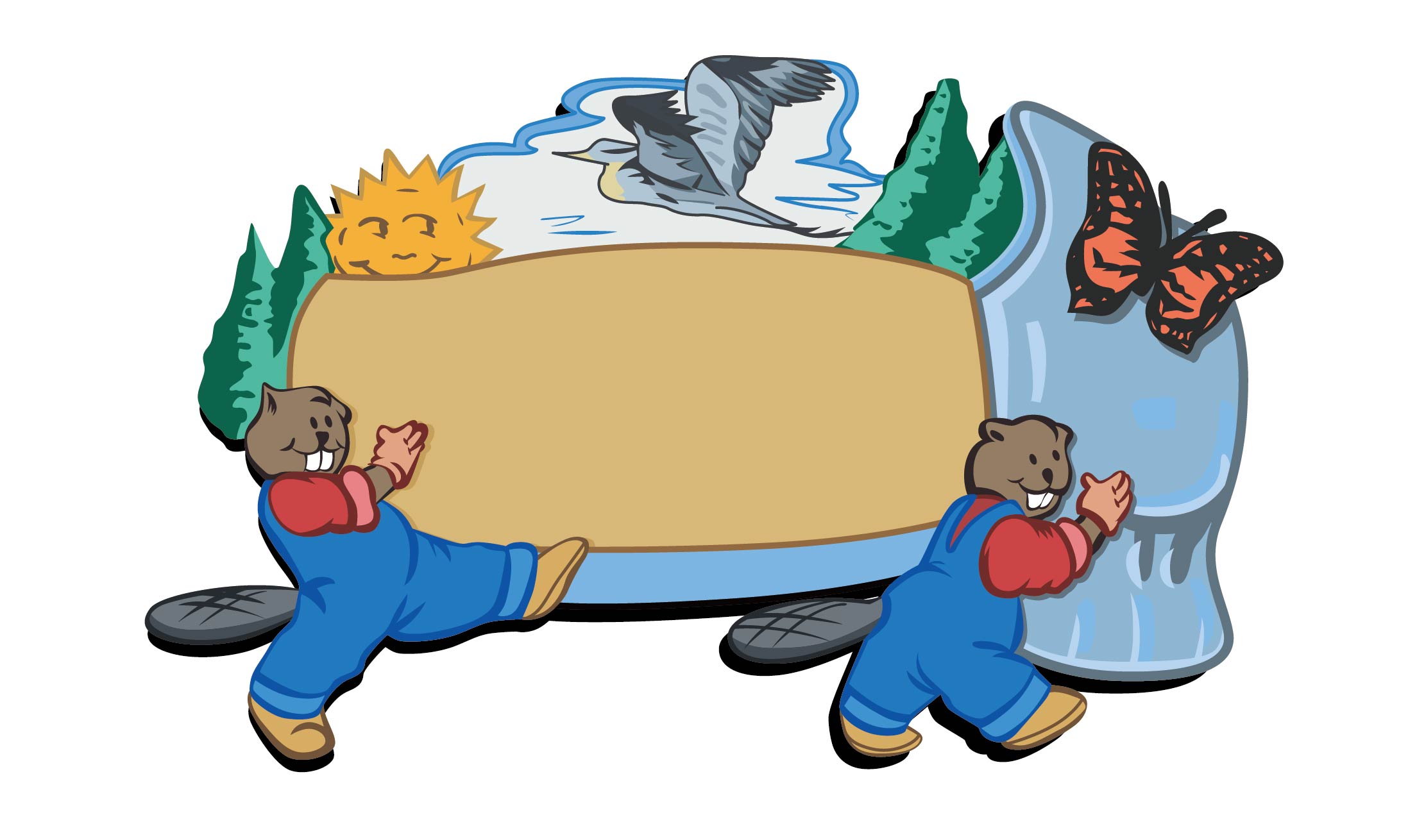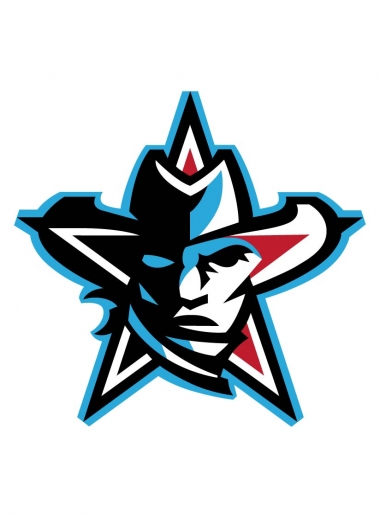One prime example of this style is the work of renowned artist Sarah Landry, whose masterpiece "Ethereal Serenity" encapsulates the essence of minimalism. In this piece, Landry employs a limited color palette of serene blues and grays, using only a few essential shapes and lines to depict a tranquil seascape. The negative space surrounding the composition amplifies the sense of calm, inviting viewers to contemplate the serene beauty of simplicity.
The Abstract Abstractions: A World of Emotions
Moving on to the abstract style, we step into a realm where emotions and feelings take precedence over realistic representation. In abstract vector art, artists utilize shapes, forms, and vibrant colors to convey the intangible. It's a world of ambiguous shapes, color blocks, intricate layers, and mesmerizing patterns, all working in harmony to evoke deep emotions.

Consider the case of "Vivid Dreams" by artist Elena Rodriguez. In this piece, Rodriguez employs a vibrant and diverse color palette, with bold strokes and shapes that seem to dance across the canvas. While there's no concrete subject, the artwork invites viewers to interpret and feel the emotions it exudes. It's a celebration of the abstract's power to connect on an emotional level, transcending the need for a recognizable subject.
Geometric Elegance: Precision and Order
Next, we delve into the world of geometric vector art, a style defined by precision and order. Artists in this genre create compositions entirely composed of geometric shapes and forms. Lines, circles, triangles, and polygons are meticulously arranged to create a crisp and mathematically precise aesthetic. This style often evokes the spirit of artists like Piet Mondrian, known for his iconic grid-based paintings.
One remarkable example of geometric vector art is "Harmony in Red" by David O'Sullivan. This artwork features a symphony of rectangular shapes in varying shades of red, carefully balanced to create a sense of harmony and equilibrium. O'Sullivan's meticulous arrangement of shapes and colors captures the essence of geometric elegance, offering viewers a visually satisfying experience.
Glitching into the Future: Digital Distortions as Art
Glitch art, a style born in the digital age, takes us on a journey where technology's imperfections become art. This style introduces captivating digital distortion effects like pixelation, blurring, and bold jagged lines. It revels in bleeding colors, intricate patterns, and captivating displacements, all representing the "errors" in digital technology.
One artist who has mastered the art of glitch is Mia Patel. Her piece, "Digital Dreamscape," is a mesmerizing blend of distorted lines and colors that seem to pulse with energy. By deliberately introducing glitches and imperfections, Patel challenges our perception of digital art, turning technical errors into a source of inspiration. Glitch art, with its punk and DIY aesthetic, embraces dynamism and change.
Cartoon Capers: Where Imagination Reigns
Our journey concludes with a visit to the world of cartoon vector art, a realm where imagination knows no bounds. This style thrives on exaggerated shapes, wild morphs, and extreme poses. Thick outlines, flat primary colors, and the absence of shading create a lighthearted and fun atmosphere, reminiscent of comics, cartoons, and caricatures.
Consider the playful work of artist Ben Thompson, whose "Whimsical Wonderland" brings childhood fantasies to life. In this piece, whimsical creatures with exaggerated features frolic in a fantastical landscape. Thompson's use of vibrant colors and bold outlines transports viewers to a world of imagination and delight. Cartoon vector art captures the essence of joy and whimsy, proving that art can be a source of pure, unadulterated fun.
Conclusion: The Ever-Evolving Canvas
As we conclude our exploration of vector drawing styles, it becomes evident that vector art is a versatile medium that can adapt to diverse themes and concepts. The aesthetics of vector art styles are defined by their use of lines, shapes, colors, and compositions, each offering a unique visual experience. Whether it's the serene simplicity of minimalism, the emotional depth of abstraction, the precision of geometry, the digital distortions of glitch art, or the whimsy of cartoons, vector art continues to evolve, pushing the boundaries of artistic expression and inviting us to explore new horizons in visual storytelling.



